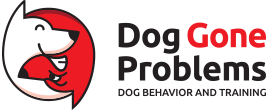Helping a Pug Puppy Behave Better on Walks
By: David Codr
Published Date: March 19, 2018
For this Omaha puppy training session, we worked with Super Pugger, a 10 month-old Pug who pulls on the leash and is reactive to dogs he sees on walks.
I was pleasantly surprised by how much structure was in place. Usually I spend the first half of my sessions explaining how important structure is and how to achieve it. But since the guardians were doing such a great job with that, I didn’t have to spell it all out for them.
After skimming over petting with a purpose, passive training and a few tips on dog communication, I was read to address Super Pugger’s common puppy problem; pulling on the leash, leash manners and walking behavior.
Stopping a puppy from pulling on the leash is best achieved by training it to walk with a loose leash in the heel position, but that takes a lot of time and practice. I recommended the guardians set up a training appointment with Lidia so that she can show them an all positive leash training method. Lidia loves teaching a puppy to walk in a heel, especially with motivated and talented training types like her guardians.
To help the guardians remember all the dog behavior tips I shared in this in home dog training appointment, we shot a roadmap to success video. You can check it out below.
Categorized in: Puppy Training


